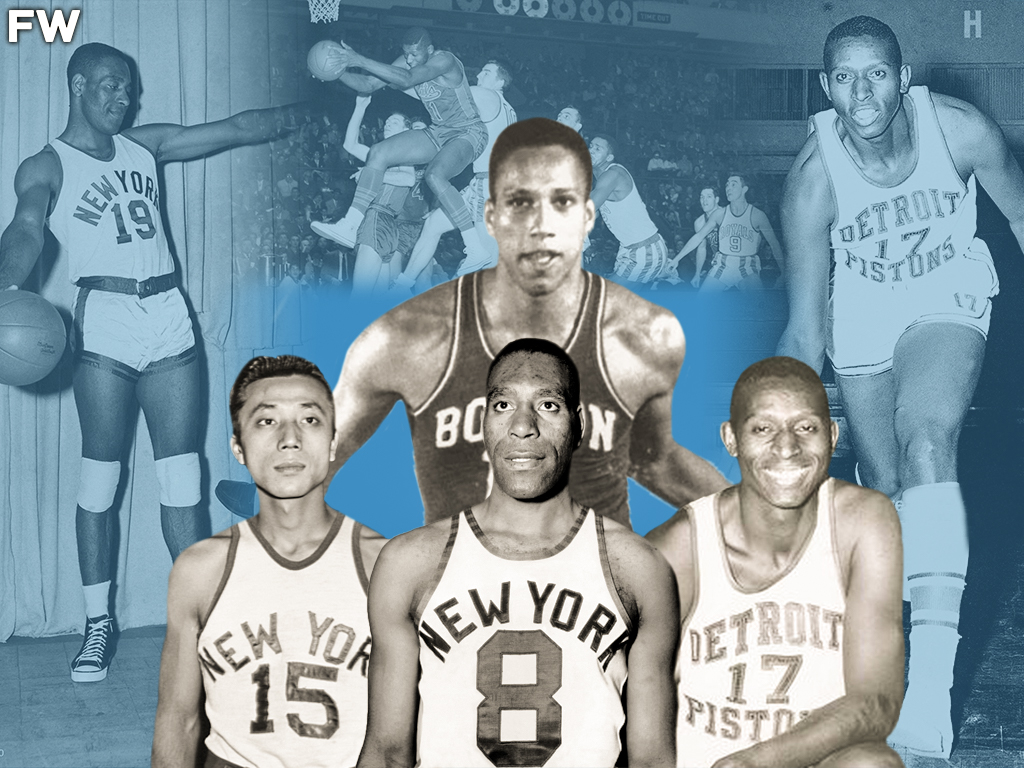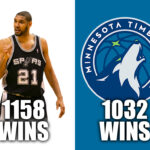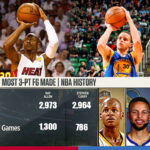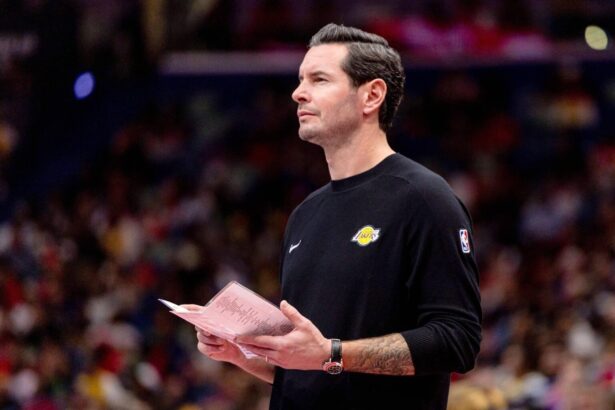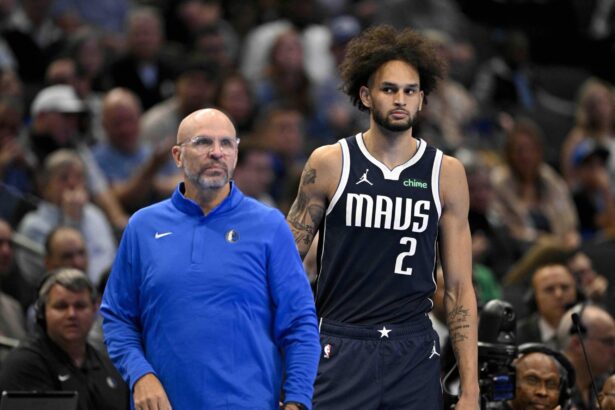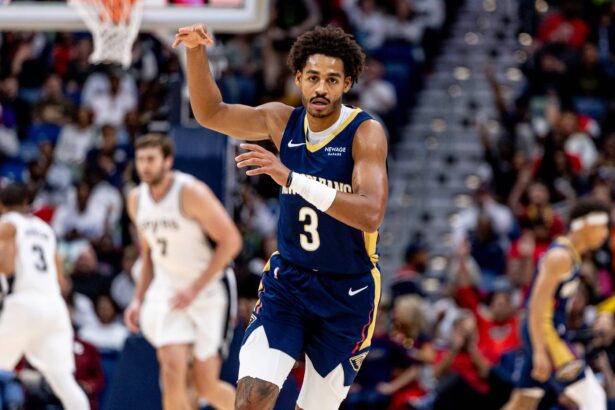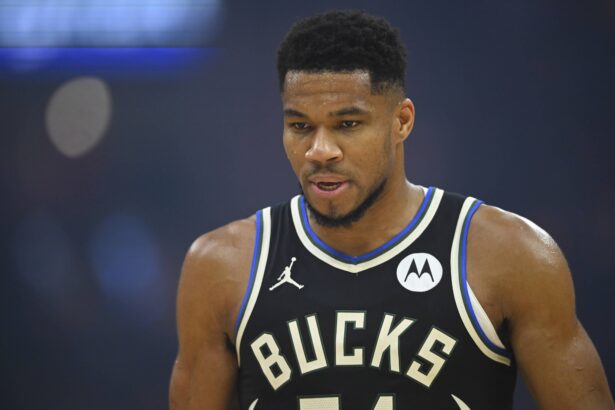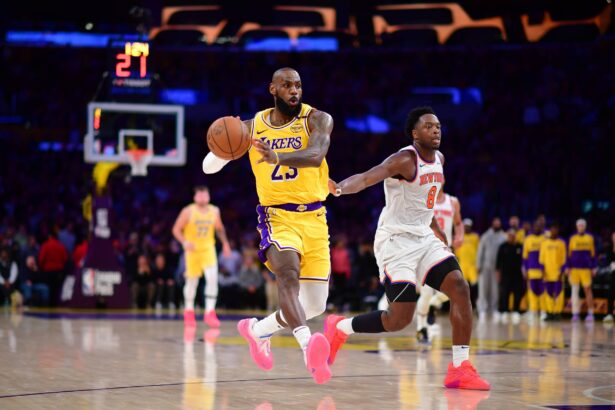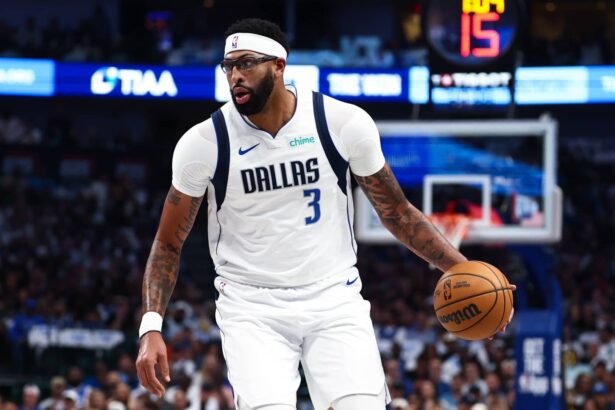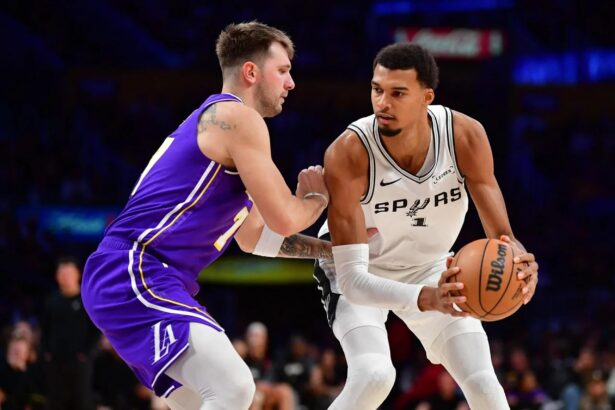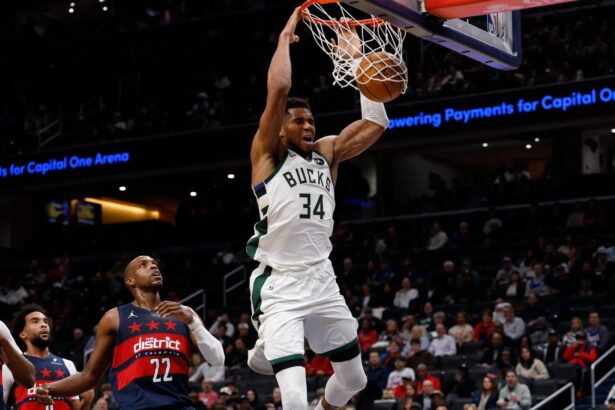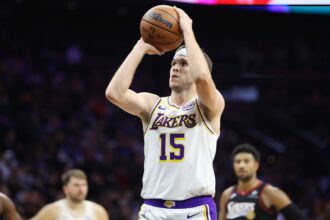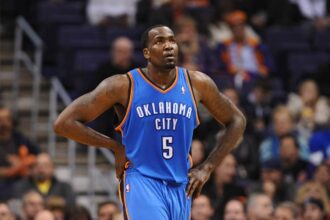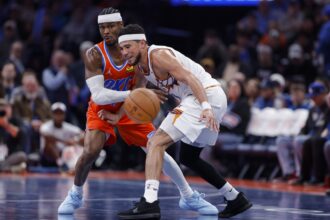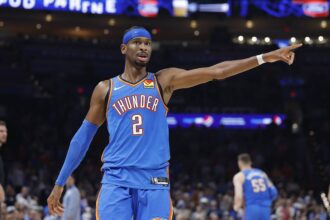Sports, like the rest of the United States, were segregated during the early 20th century.
Then, on April 15, 1947, Jackie Robinson broke the “colorline” by becoming the first African-American to play professional baseball in the MLB.
It wouldn’t be much longer for the NBA, or as it was known at the time, the Basketball Association of America (BAA), to follow suit with the MLB.
On July 1, 1947, the BAA held their draft and in the seventh round with the 61st overall pick, the New York Knicks selected Wataru “Wat” Misaka.
Misaka was born on December 21, 1923, in Ogden, Utah. He was a second-generation Japanese American.
Misaka would attend the University of Utah, where he’d play basketball for the Utah Utes. He proved to everyone that he could play basketball.
With Misaka’s help, the Utah Utes won the 1944 and the 1947 NCAA NIT championships.
Misaka could have possibly led the Utes to more wins if it wasn’t for his two-year hiatus between the two titles.
World War Two was at the height of its devastation, especially in the south pacific.
Misaka would serve in the United States Army in the American occupation of Japan. He’d rise to the rank of staff sergeant, which was impressive, especially since he was of Japanese descent.
When the New York Knicks drafted Misaka on July 1, 1947, it was just as impressive, since Misaka was the first non-white player to make a professional basketball team.
The thing that was different about Misaka being drafted to Knicks compared to Jackie Robinson playing for the Brooklyn Dodgers was the “hype”.
“It wasn’t a big thing. Nobody cared,” Misaka said about playing for the Knicks.
Before his first professional game, he gave no interviews. There was no extra press there to cover his story.
So, Misaka was right, nobody seemed to care. But how would his teammates react to playing with a player who just so happened to be of Japanese descent?
According to Misaka, he did not feel any discrimination from his teammates or opposing players.
Even though Misaka didn’t feel discrimination from teammates, discrimination may have played a factor in ending his career.
Misaka would play in only three career games, averaging 2.3 points on 23.1% shooting.
Misaka was cut from the team mid-season. He believed the reason he was cut was that the Knicks had too many guards.
This may have been true, but the director of the 2008 documentary, Transcending: The Wat Misaka Story, Bruce Alan Johnson, begs to differ.
In the Knicks’ first road game, which happened to be their third game, the opposing crowd started chanting this: “Go home, Jap!”
This incident, according to Johnson, is the real reason why Misaka would be cut from the team. It’s said Misaka would always downplay any racism that was directed toward him.
When Misaka was in college and after the bombing of Pearl Harbor, Misaka would often describe himself as Hawaiian-born, just to remain safe.
Knicks historian, Dennis D’Agostino, believes this racism toward Misaka is still happening today:
“I never heard that theory before that Wat was the first person of color,” said D’Agostino. “I think we tend to look more in terms of black/white, OK? When you say ‘person of color,’ Wat probably was not considered a person of color. Because [African Americans] [Chuck] Cooper, [Nat ‘Sweetwater’ Clifton] and Earl Lloyd, who came along like three, four years later, they’ve always been considered the three trailblazers. I think you might be getting into semantics here.”
Paul Osaki, the executive director of the Japanese Cultural and Community Center of Northern California, agrees with D’Agostino:
“I think for some people back then, a person of color was a black person. If you were Asian, you were just a damn foreigner,” Osaki said.
Misaka didn’t let his professional basketball career ending ruin his mood. He moved on with his life and he was happy.
Another chance to play basketball did come Misaka’s way. After his career with the Knicks ended, the Harlem Globetrotters offered him a spot on the team.
Instead, Misaka would return to school and earn his engineering degree.
Misaka passed away on November 20, 2019, at the age of 95. He lived a normal life with his wife, Kate, and had two children.
“The son of Japanese immigrants, Wat showed that given a fair opportunity, he could reach the highest levels of his sport through hard work, unselfishness, and shrewd play,” Ann Burroughs, the president of the Japanese American National Museum, wrote about Misaka. “His last legacy will be as an American sports pioneer.”
The draft for the 1950–51 NBA season became a historic one. It saw the first two African-American players get drafted.
First, Charles “Chuck” Cooper was selected by the Boston Celtics with the 14th pick.
Cooper, like Misaka, served in World War Two. After returning from his service, Cooper attended Duquesne University.
Cooper had a solid college career. His most notable moment in college was that he became the first African-American to play in a college basketball game south of the Mason-Dixon line.
When it came to the NBA Draft, It was the Celtics’ then owner, Walter A. Brown who followed Cooper’s college career and wanted him.
When the owners from the other teams learned of Brown’s interest in drafting Cooper for the Celtics, they suggested he shouldn’t be drafted because Cooper was African-American.
Brown’s response to this became legendary: “I don’t give a damn if he’s striped, plaid or polka dot. Boston takes Charles Cooper of Duquesne.”
With the 100th overall pick in the NBA Draft, the Washington Capitols selected Earl Lloyd.
Lloyd was a star in college. He played at West Virginia State University, and in the 1947-48 season, he helped to lead his team to a 30-0 record. They were the only undefeated team that year.
Even though Cooper was selected first, he became the second African-American to play in the NBA.
Lloyd beat him out for the honor of being the first African-American to play in the NBA by one day, thanks to Lloyd’s team being scheduled to start the season a day before Cooper’s.
Lloyd’s Washington Capitols played their first game on October 31, 1950, and Cooper’s Boston Celtics played their first game on November 1, 1950.
Cooper and Lloyd were the first two and only two African-Americans drafted in the 1950–51 NBA Draft, but they wouldn’t be the first African-Americans to sign a contract with an NBA team.
This honor belongs to a player by the name of Nathaniel “Sweetwater” Clifton.
Nathaniel “Sweetwater” Clifton became the first Black player to sign a contract in the NBA in 1950. He previously played for the New York Rens and the Harlem Globetrotters, where he crafted his exceptional ball-handling skills and superb athleticism. #BHM pic.twitter.com/HbGFBbX5o5
— NBA (@NBA) February 6, 2021
Now, Clifton was playing for the Harlem Globetrotters in 1950 when the Globetrotters’ owner sold Clifton’s rights to the New York Knicks.
Clifton played college basketball at Xavier University of Louisiana for one year before being drafted into the Army during World War Two.
After he got home from the war in 1947, Clifton joined the first all-African-American professional basketball dynasty, the New York Renaissance.
After just one season playing for the New York Renaissance, the Harlem Globetrotters offered him $10,000 to join their team. The deal made Clifton the highest-paid African-American basketball player at that time.
Cooper, Lloyd, and Clifton all helped make the NBA what it is today in that unforgettable year of 1950-51.
Even though this was a huge milestone for the NBA and people of color, it wouldn’t be easy for these three players.
Like Misaka before them, Cooper, Lloyd, and Clifton would experience racism during their playing days.
The three faced discrimination in restaurants, hotels, and even in the arenas in which they played.
Fans would shout racial slurs whenever they stepped on the court. But even with this hatred going on, all three men kept their cool, and continued, showing everyone that hatred would not win.
Cooper would play seven years in the league, averaging 6.7 points for his career. In 2019, Cooper was inducted as a player in the Basketball Hall of Fame.
Cooper passed away from cancer on February 5, 1984. He was only 57 years old.
Lloyd played nine years in the league, averaging 8.4 points per game. He won a championship in 1955 as a member of the Syracuse Nationals.
In 2003, Lloyd was inducted as a contributor in the Basketball Hall of Fame.
On February 26, 2015, Lloyd passed away at the age of 86.
Clifton played right years in the league, averaging 10.0 points per game. He made the NBA All-Star team in 1957.
Clifton was inducted as a contributor in 2014 to the Basketball Hall of Fame.
On August 31, 1990, Clifton passed away at the age of 63.
There you have it, the four players who broke down the segregated wall that was put up around the NBA.
These players are all heroes, and we NBA fans should never forget their names or their stories.

